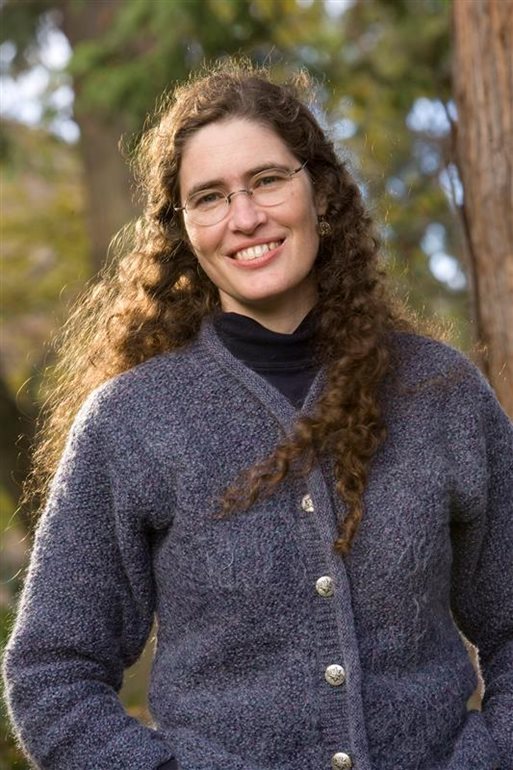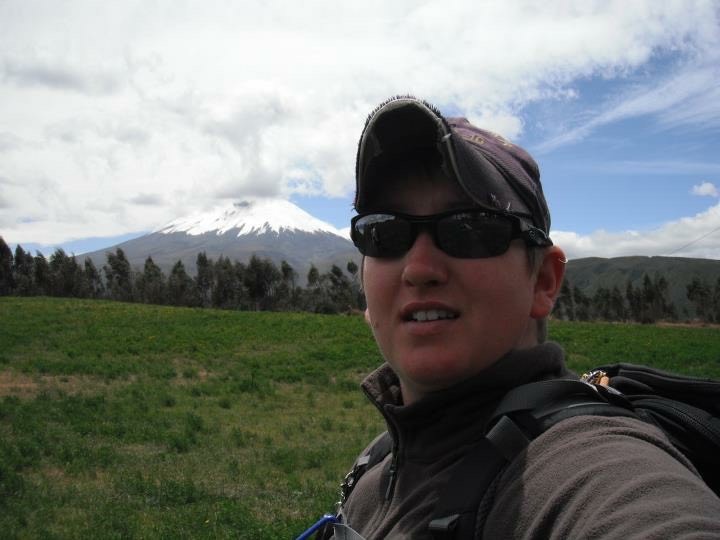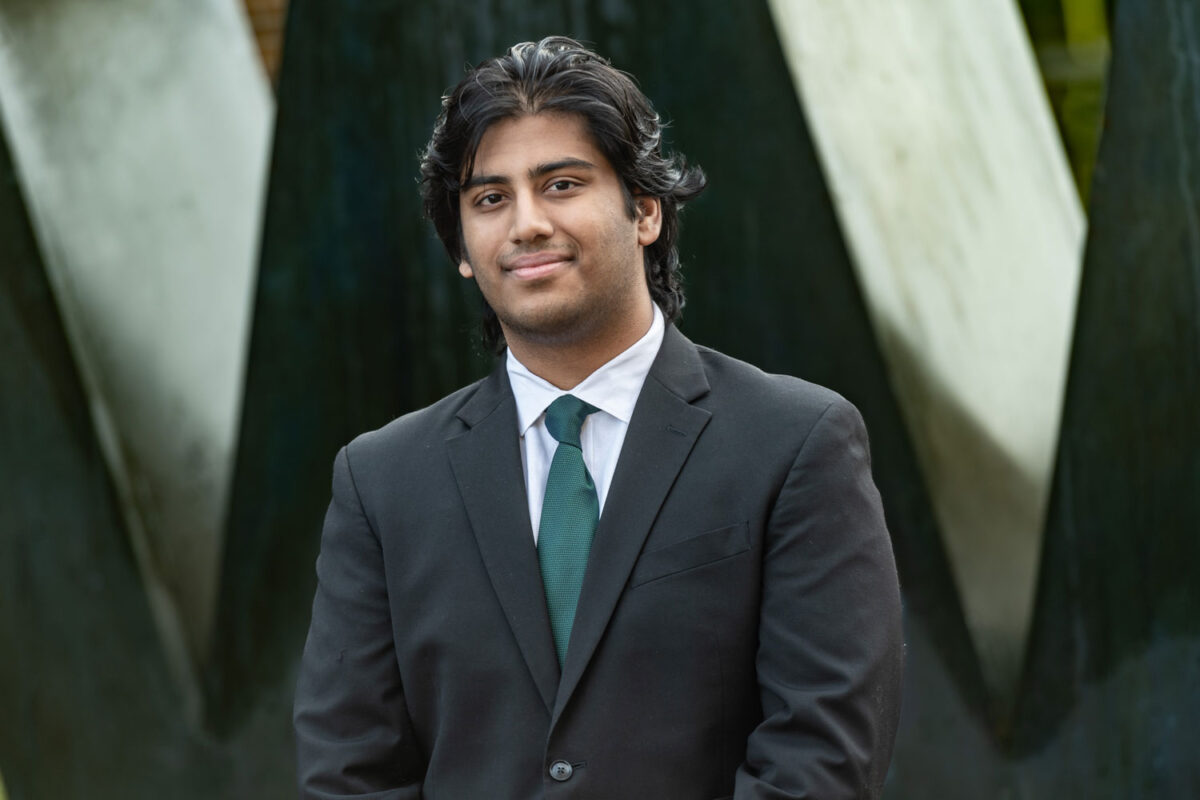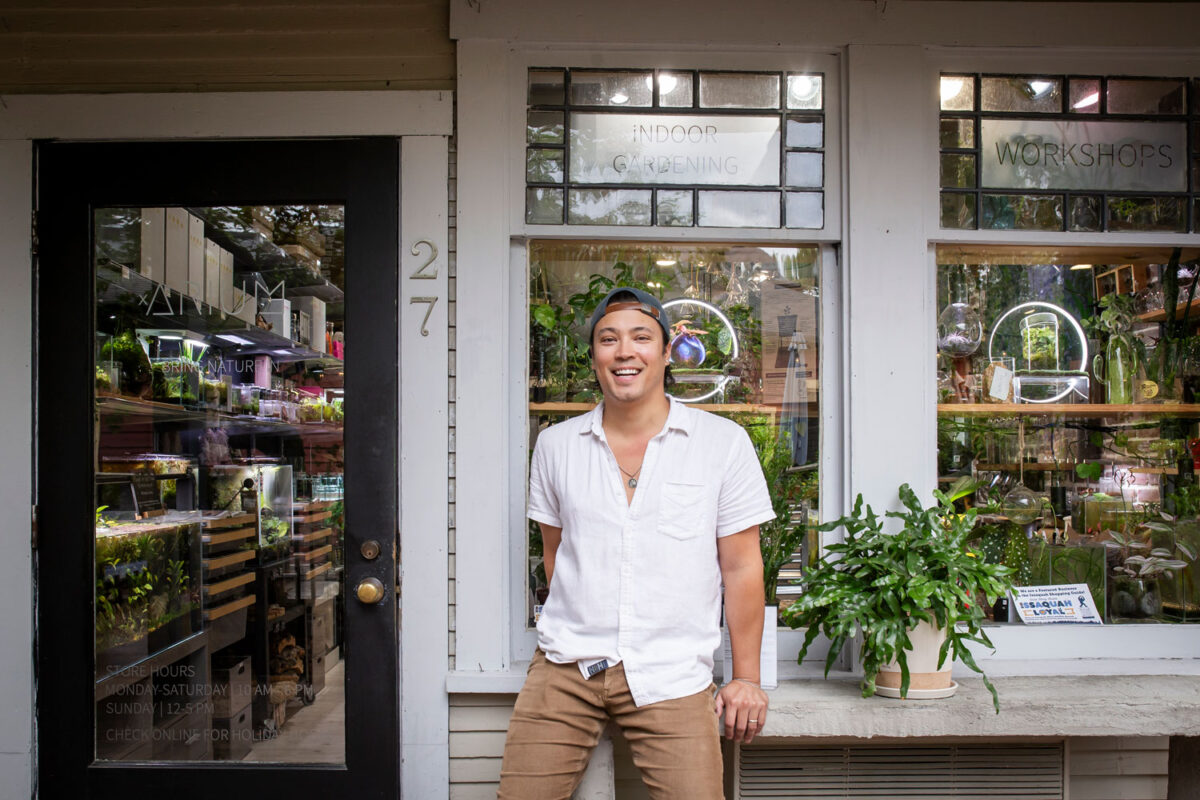“People use critical thinking skills every day whether they’re mapping out the best route to work, practicing self-reflection or helping their children put together a puzzle,” said Dr. Martha Groom, professor in the School of Interdisciplinary Arts & Sciences at the University of Washington Bothell.

“Even something as ordinary as figuring out what time to set your alarm in the morning is an example of critical thinking.”
She and Dr. David Stokes, also a professor in the School of IAS, worked with colleagues across the country to conduct a three-year study on effective teaching practices to enhance critical thinking skills among conservation biology students. They worked with faculty from five different institutions and collected data from more than 220 students — 78 of whom were from UW Bothell.
While the study took place in 2012-13, it wasn’t until November 2021 that they published their findings in an article titled, Using Case Studies to Improve the Critical Thinking Skills of Undergraduate Conservation Biology Students. Groom explained the gap in time is a result of compounding factors including having to score the more than 400 tests that were administered to measure critical thinking, as well as compiling and analyzing thousands of data points, and, lastly, writing and publishing the article.
“We were all juggling other projects and had busy schedules before taking this on, but it was definitely worth it,” she said. “It was lovely to work with professors who also care so deeply about teaching. We always feel like we are making a difference in student learning, but this study allowed us to measure it. We now have tangible evidence of the impact we made — it was very powerful for both us and the students.”
Huskies had highest gains
Stokes and Groom conducted their portion of the research on the UW Bothell campus, teaching conservation biology to undergraduates. Students took the same test twice in one quarter; once on the first day and once on the last. Developed by Tennessee Tech University, it served as an assessment of critical thinking.
The test has been used in more than 250 different institutions, and in most cases, it revealed either little or no growth in students’ critical thinking. Neither Groom nor Stokes knew that at the time. “It made it all the more wonderful when our students’ test results showed that in fact, they had gained a lot,” Groom said.
Out of all the students who participated in the study, those from UW Bothell demonstrated the highest gains. They were also the only ones on a quarter system. “Everyone else in the study had a semester to teach their students — David and I had only 10 weeks,” she said. “It’s really quite remarkable the growth our students achieved.”
Students set up for success
Groom suspects one of the reasons their students were so successful was in part due to the sheer number of case studies their students completed. While most institutions taught two in a semester, they taught five to six in a quarter. “We went through a lot of learning cycles that way,” Groom said. “We would pause after we completed each one to reflect, notice what we learned, what we did well and what we could improve on.”

She said reviewing case studies is a great way for students to learn how to think critically, as it requires them to “pinpoint relevant evidence, make deductions and reach a logical conclusion around which they could center a strong argument — which essentially, are the building blocks of critical thinking.”
Alumna Heather Love, IAS ’12, was one of the students who participated in the study and echoed Groom’s sentiment. She remembers the value that came with learning from case studies — even a decade later.
“There was something special about that class, and it came from the studies that portrayed real-life experiences,” Love said. “It made me invested in the material. I was used to just taking notes and listening to lectures, so this was both an incredible and stark contrast. I loved it. Out of every class I took in college, that one was my favorite.”
Poised to excel
Groom believes that their students were poised to do well in the research because of the emphasis UW Bothell already places on critical thinking. “It’s one of the cross-campus learning goals and is especially valued in the School of Interdisciplinary Arts & Sciences,” she said.
“We incorporate critical thinking into our program by assigning things such as portfolios, which require students to reflect on their learning as well as recognize their patterns of thought, how they organize information and what learning methods work best for them. In that sense, our students already had a strong foundation to build upon and may be why they had the highest gains.”
Also a factor is that, while UW Bothell recognizes the importance of critical thinking, it also uses teaching practices that give students an opportunity to use these skills in class.
Groom explained that in education, the impact of experiential learning can often be overlooked.
“As professors, there are so many critical concepts we want to teach so that our students are well informed. We can get into the habit of believing that if we say it, the students learn it, but that isn’t always the case,” she said. “Lecturing may be the most efficient way to teach time-wise, but it isn’t the most efficient for learning.”
Skills and content
The study reaffirmed to both Stokes and Groom that more important than teaching content is teaching skills. “If we do that, students will be able to effectively teach themselves more content than we could ever cram into a quarter, even if we lectured the entire time,” she said.

“Plus, in the sciences, the statistics and knowledge are always changing and evolving. Giving students the tools to teach themselves leads to more sustainable learning.”
Stokes feels similarly, adding that it is impossible to know all the challenges that lie ahead in students’ lifetimes. “Therefore, we need to not only prepare students to address the known challenges of today but also equip them with the problem-solving skills to address the unforeseen issues that will surely arise in the future,” he said.
Alumna Jasleena Grewal, IAS ’13, affirmed that more important than what she learned was how she learned. “I don’t remember all of the facts, but I remember the approach,” she said. “In fact, I take that same systems approach to problem-solving every day in my job as a nurse practitioner. My career is essentially based on critical thinking, and I use the skills I acquired from this class in my everyday life. It was hugely beneficial.”
Importance of community
In addition to the value of critical thinking, for Groom, the study also underscored the importance of having a community of fellow educators to support one another.
“Just as it helps students to reflect on their learning, it helps professors to reflect on their teaching,” she said.
“I am so grateful to be at UW Bothell — a University that brings professors from different schools together and provides opportunities to work and be in community with one another. It is such a joy and privilege.”



